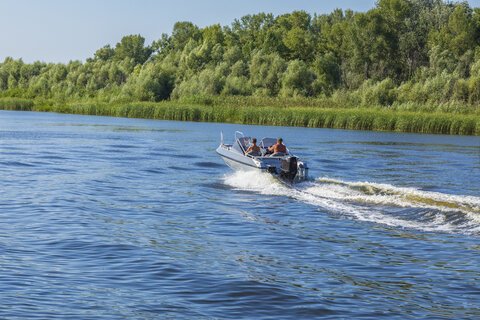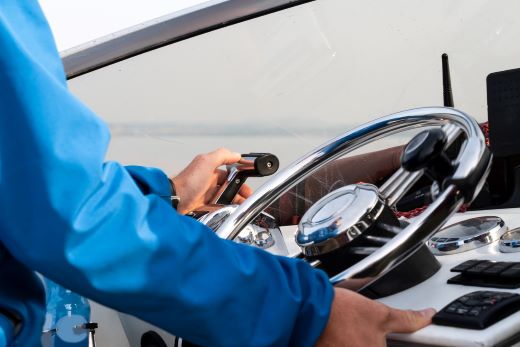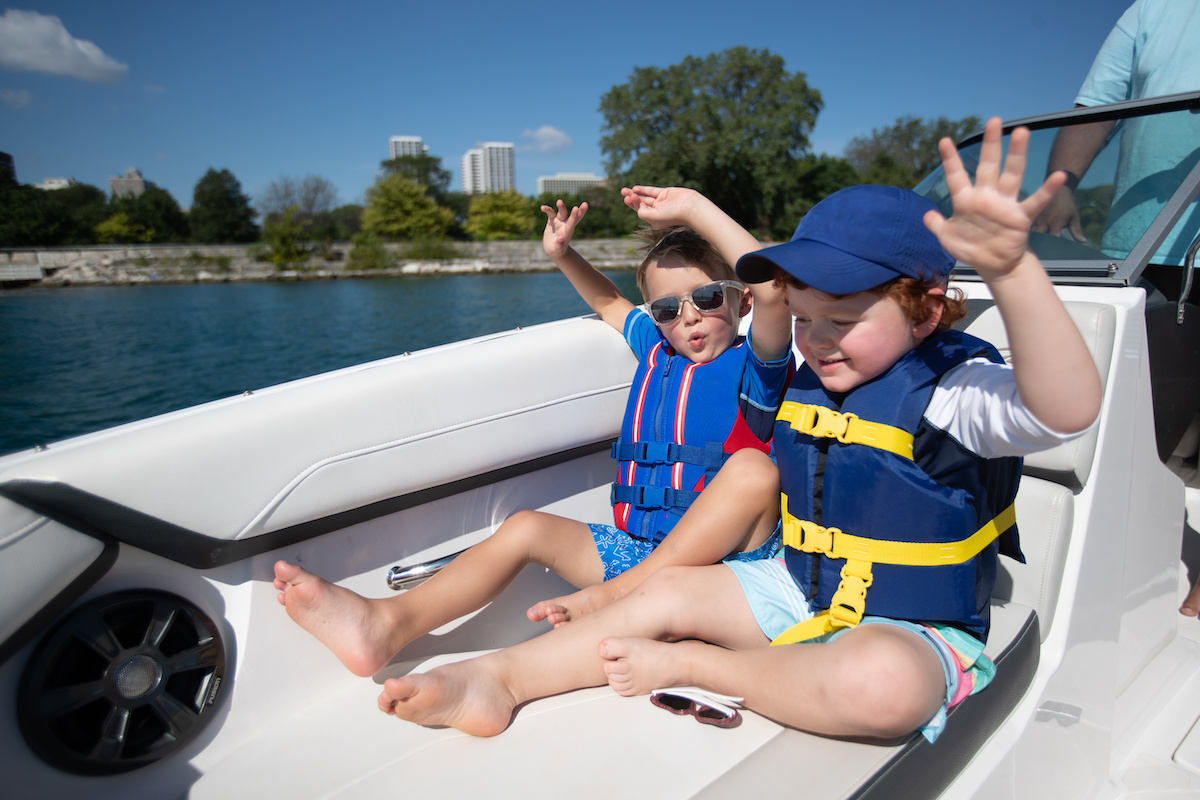River boating is the ultimate experience that pairs breathtaking views with relaxing vibes. If you're not used to it, however, it can be quite a challenge. By becoming familiar with the dos and don'ts of boating on a river, you can make the most out of your next adventure. Here's a solid list of river boating tips to get you started!
Dos: Follow these River Boating Tips
1. Check Conditions Before Heading Out
While it may be tempting to spontaneously embark on a river ride without much thought or planning, it's essential to prepare yourself for the weather, currents, and water levels that may be present during your ride. Determine what the marine forecasts are so you can anticipate obstacles and avoid serious safety hazards. If conditions seem unsafe, postpone your trip.
Read Next: Weather Safety Tips for Boaters
2. Bring Safety Equipment
River boating may be a relaxing experience, but dangerous situations may still arise. That's why it's vital to prepare for the worst with safety equipment, such as a first aid kit with bandages, gauze, and alcohol wipes.
A paddle can also be a lifesaver if your motor breaks down and you need to get to shore. In addition, invest in a depth meter to monitor changing water depths and avoid unforeseen shallow areas. The proper safety equipment can give you a great deal of peace of mind during your river ride.
3. Follow Navigational Markers and Channel Rules
Markers and channel rules help you maintain safety while on the river as they reveal unexpected hazards and direct you through tight areas. Markers are usually numbered and increase as you head upstream, allowing you to verify you're going the right way.
Red markers often explain the right side of the channel when you head upstream. Green markers show the left side under the same condition. If you notice a flashing light, prepare yourself for a hazard or sharp turn ahead.
4. Respect "No-Wake" Zones
A no-wake zone requires you to travel at a minimum speed to maintain safe steering. It's intended to reduce the risk of erosion, protect people and wildlife, and prevent damage to other boats and docks.
If you see a no-wake zone, which usually includes an orange circle and "No-Wake" sign, reduce your speed to about 5 to 7 mph. Following no-wake zones shows respect for others on the water while keeping yourself and your passengers safe.
Learn More About No-Wake Zones
5. Communicate with Other Boaters
Communication while river boating is always important but becomes even more crucial when you're navigating narrow or busy channels. Horn signals, hand gestures, and visual cues can all help you alert others to dangerous situations.
Learn More About Sound Signaling Devices
Don'ts: River Boating Safety Mistakes to Avoid
1. Ignore Obstacles
Changing water levels or hazards like debris, logs, marine growth, and thick seaweed that have the potential to wrap around your propeller and make turning impossible can be extremely dangerous while you're out on the river.
Always look for them so you can avoid accidents and damage to your boat. Keep in mind that hazards aren't always avoidable, and if you do get into an accident with an obstacle, move to a safe spot. Then, evaluate the damage to ensure safety before continuing your river ride.
2. Anchor in Channels or Near Dams
Before you anchor your boat, pay attention to your surroundings, as you don't want to be right below a dam. Here's why: An unexpected surge of water can pull your boat under the water before you have time to pull up the anchor. Also, anchoring in a narrow channel is hazardous for other vessels, so avoid it at all costs.
3. Overload the Boat or Forgo Life Jackets
If you're heading out on the river with a group of people, balance the load of your boat with everyone on it and any gear you may have on board. Your owner's manual will provide your vessel's capacity so you can avoid overloading your boat. Overloading may reduce stability and increase the risk of swamping or even worse, sinking.
In addition, make sure that you and all your passengers wear a life jacket. You should ensure that there are Coast Guard-approved life vests for all passengers.
4. Leave Trash or Pollutants
While it might seem convenient to toss your garbage in the river, doing so can wreak serious havoc on the environment. Instead, stock up on bins, bags, and reusable containers so you can properly dispose of any waste and recycle when necessary. Encourage other passengers to do their part and refrain from littering. Remember, it's up to us as boaters to protect the bodies of water we love.
5. Speed in Congested or Shallow Areas
If you have the need for speed while out on the river, be mindful of when you fulfill it. Spending in congested or shallow areas can hinder your reaction time and increase the risk of accidents since it'll be more difficult to safely navigate around other boats. Even if you consider yourself a pro river boater, you should maintain a slower pace, especially if you're unfamiliar with the river.
Why is River Boating Unique?
Even if you're an avid boater, you'll quickly learn that boating on a river is not the same as boating on a lake or ocean. As a result of rainfall, dams, and droughts, water levels often fluctuate, and the natural flow of rivers varies.
So, what does this mean for you? Constant attention is a non-negotiable for a safe yet enjoyable experience. Also, since river waters are prone to pollution due to sewage, fuel spills, and runoff, environmental stewardship is vital.


